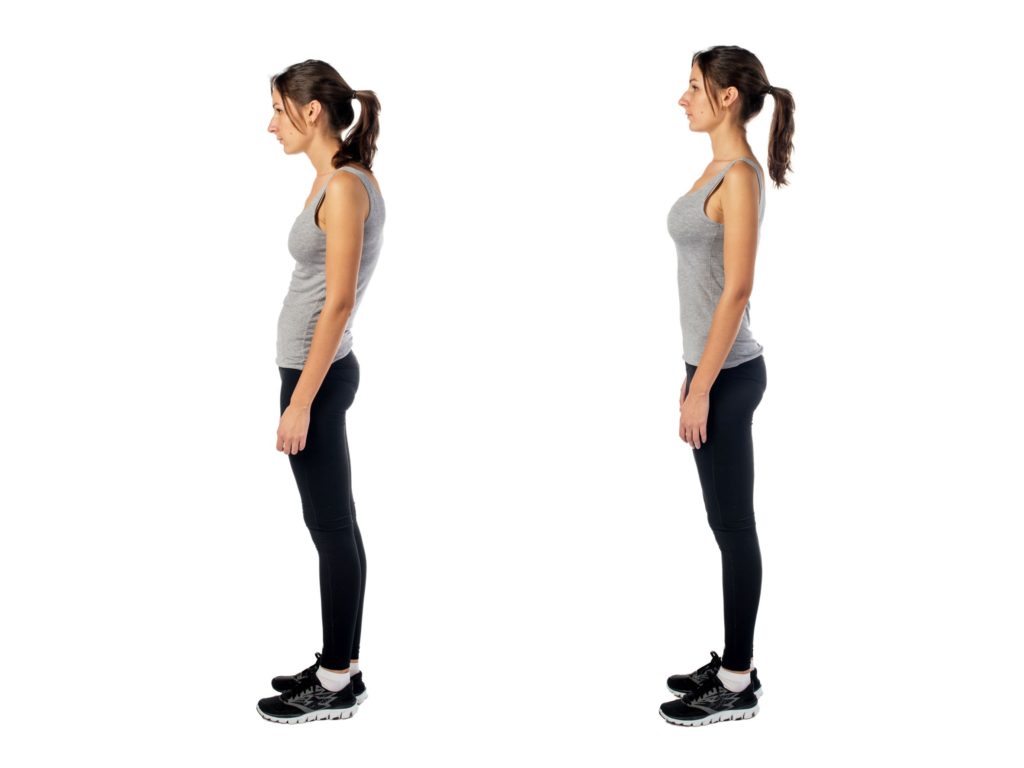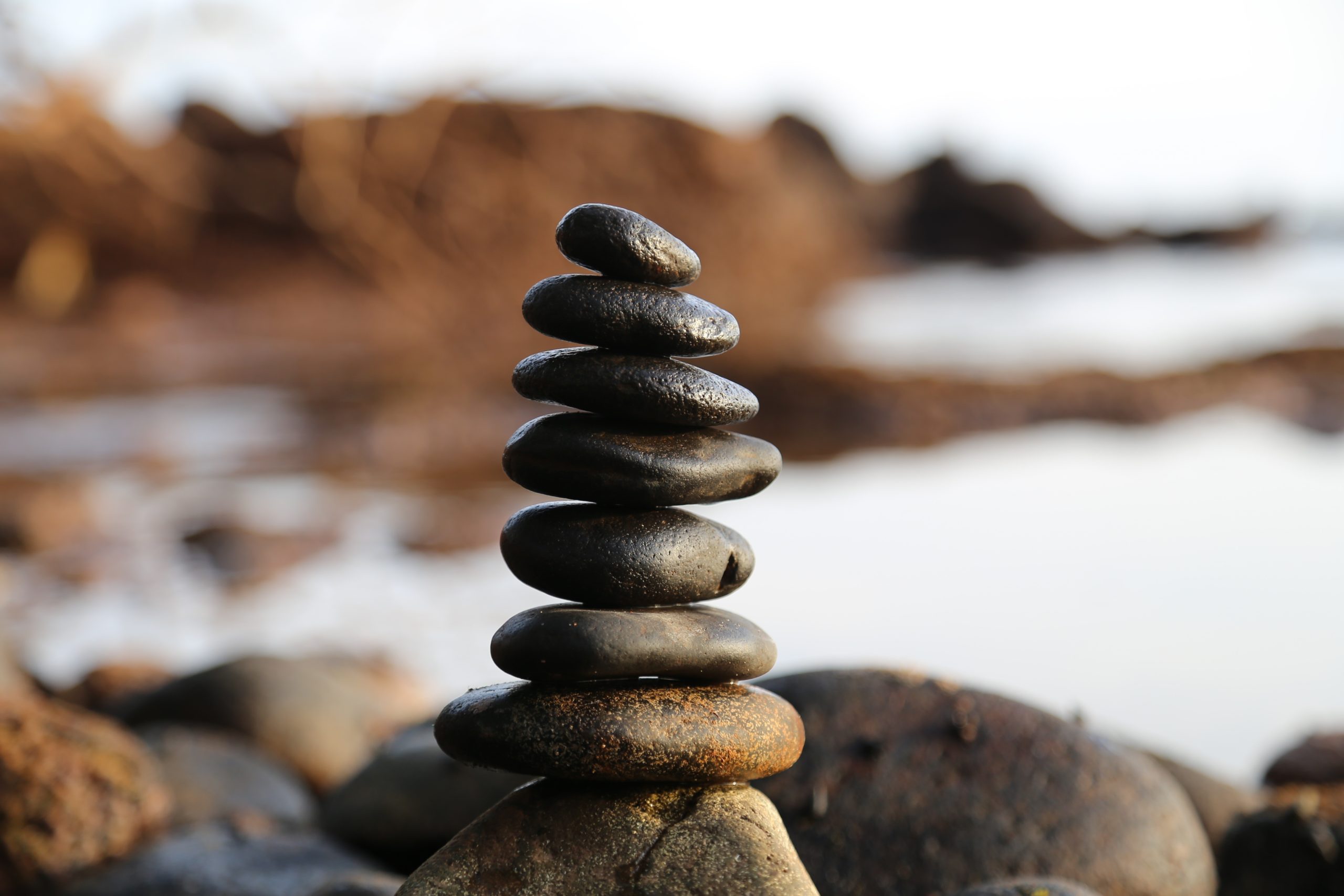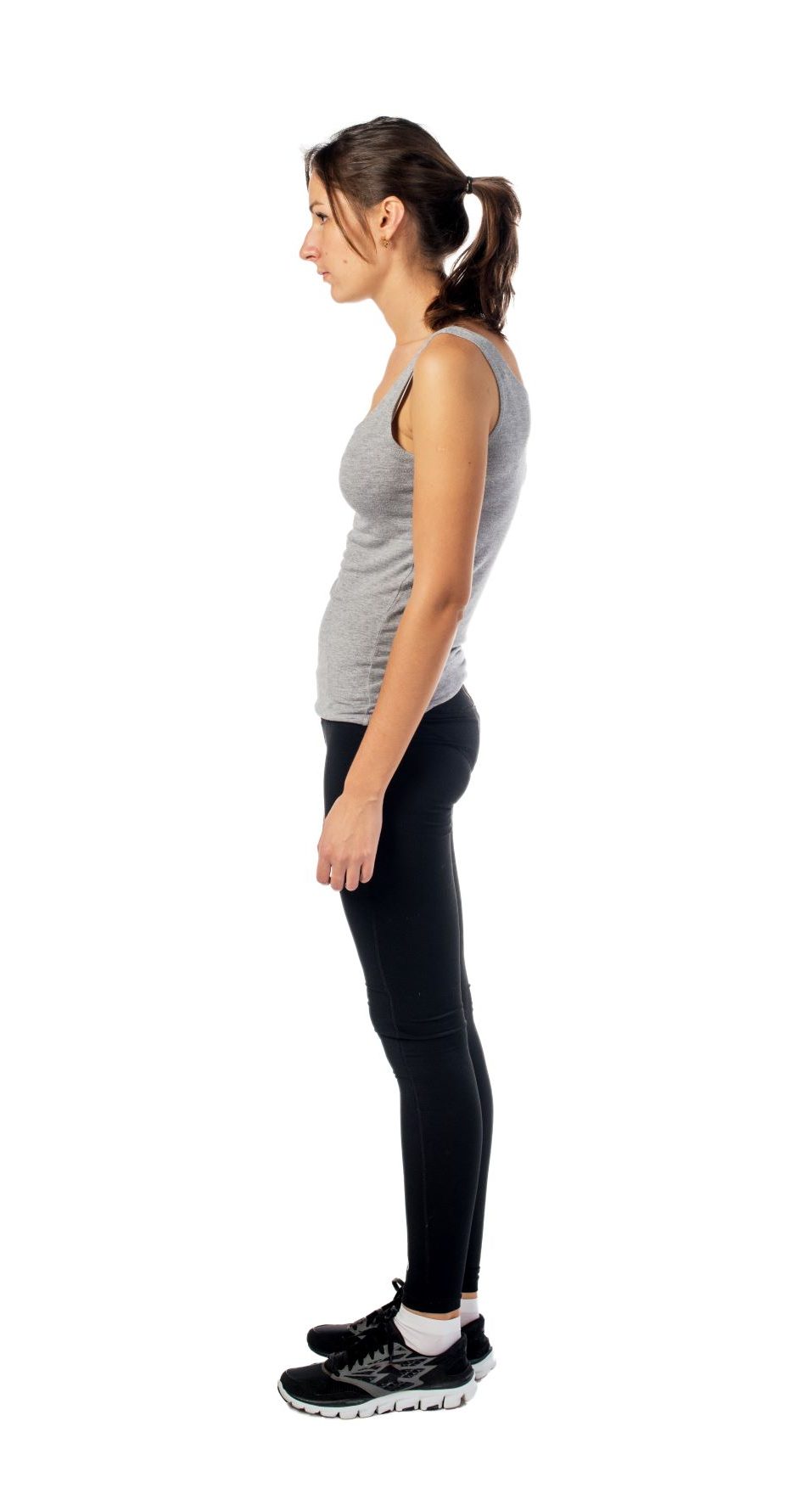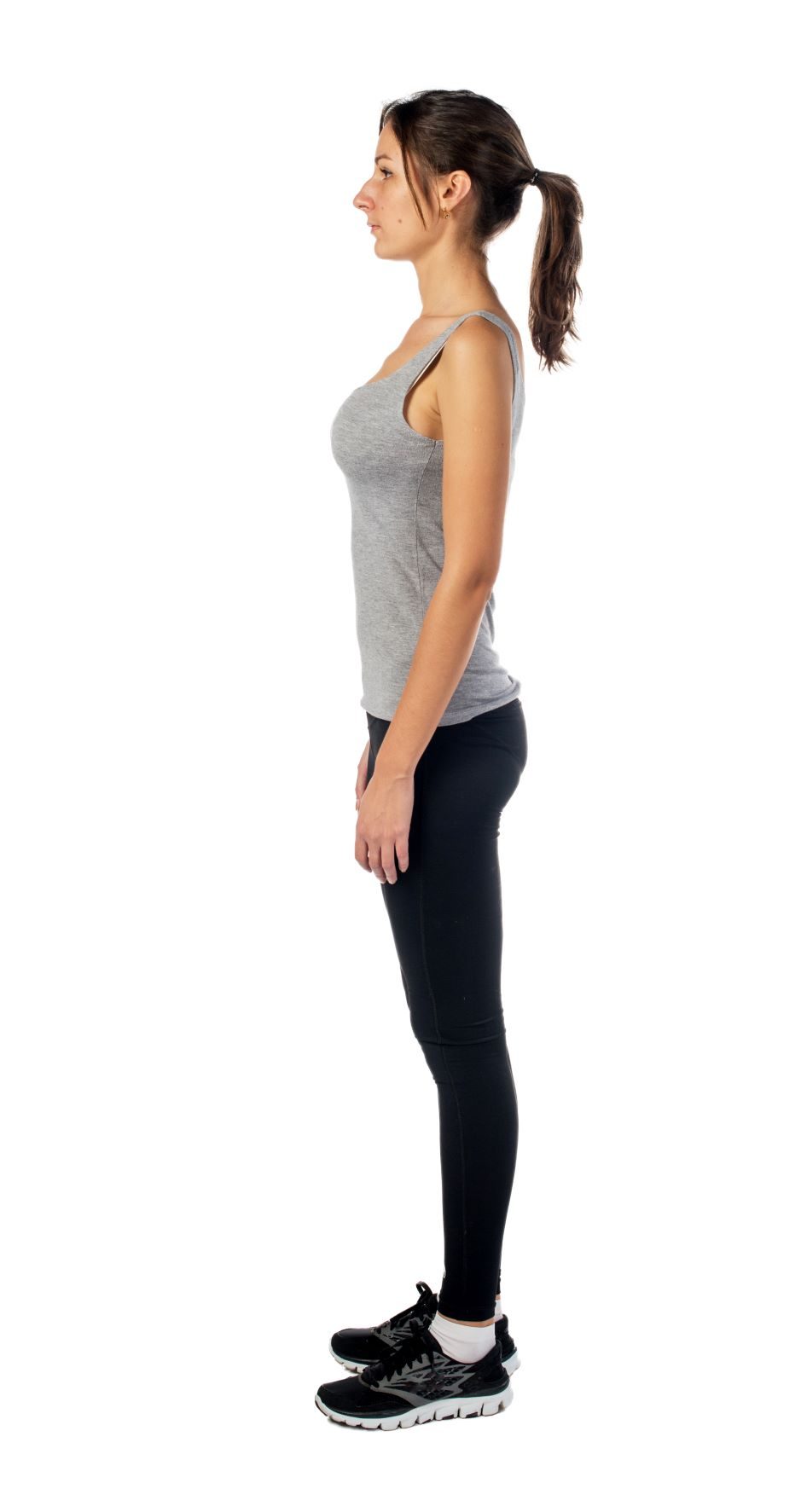How bad is your posture? – Take the wall test.

Why should I worry about my posture?
The way you hold your body when you sit and stand is the foundation for every movement and can determine how well your body adapts to the stresses put on it.

Let’s get you lined up – 5 Step wall test
Think of your body like a
stack of stones. When all of
the stones are lined up over
their center of gravity they do
not topple. When one stone
is off centre, however, they fall.
Normal posture
To start we’ll work on your own proprioception and focus on how your body
feels while in your normal posture.
Stand against a wall facing away in a normal/neutral posture with your shoes off.
Focus on your body from feet up:
1. How far are your feet from the wall? How far apart are your feet? Is
one foot supporting more weight?
2. Do your knees feel locked (hyper extended)?
3. Is your buttock touching the wall and how much space is there
between your lower back at the wall?
4. Do your shoulders touch the wall? Or just the spine between your
shoulders?
5. Is your head touching the wall? Is your chin level with the floor or
extended out?

Optimal Posture
Now that you have an idea of how you stand normally, where can you
improve? Stand against the wall again and try changing your posture in
these ways:
- Your heels should be 5-10cm away from the wall and hip width apart.
Your weight should be evenly distributed between both feet. - Your knees should not be locked, and there should be a slight bend
in them. - Ideally you should be able to fit one hand between your low back and
the wall. If the space is larger, contract your abdominal muscles to
flatten the curve. If the space is smaller, tilt your pelvis forward / arch
your back to increase the space. - You should feel your shoulder blades against the wall. If you do not,
externally rotate your shoulders, open up your chest and squeeze
shoulders together without lifting them up. - The back of your head should be touching the wall and your chin
should be parallel to the floor. If it is not, lean your head back and tuck in your chin.

Maintain this posture while you walk away from the wall. Try to keep it up throughout the day.
You can come back to the wall to readjust as needed.
Book in for a full assessment to learn more.
